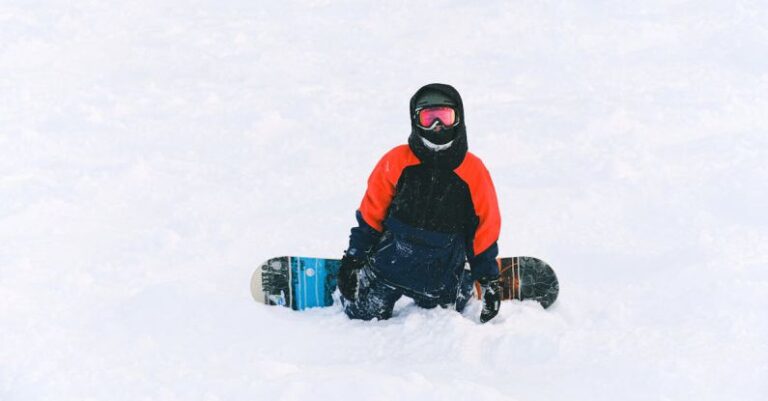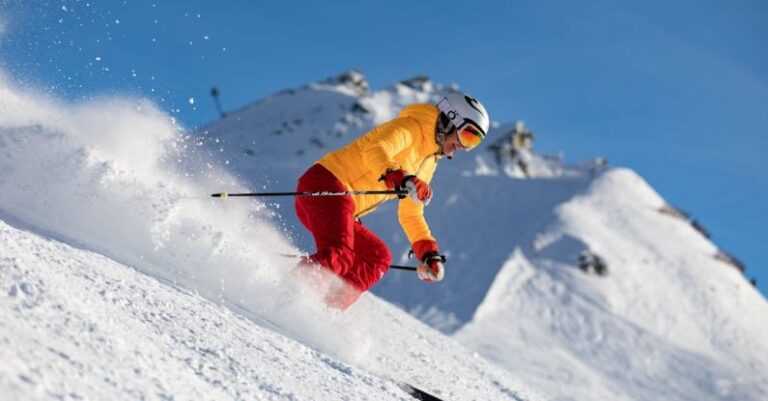
Skiing is a demanding sport that requires a combination of strength, endurance, balance, and flexibility. While hitting the slopes is the primary way for skiers to improve their skills, cross-training can offer a range of benefits that can enhance their performance on the snow. By incorporating various forms of exercise into their routine, skiers can improve their overall fitness, prevent injuries, and boost their skiing abilities. Let’s explore how cross-training can benefit skiers.
Diversifying Your Workout Routine
Cross-training involves engaging in different types of physical activities to supplement your primary sport. For skiers, this could mean incorporating activities such as cycling, swimming, running, or strength training into their exercise regimen. By diversifying their workouts, skiers can target different muscle groups, improve their cardiovascular fitness, and enhance their overall physical conditioning. This variety helps prevent overuse injuries that can occur from repeatedly engaging in the same movements while skiing.
Improving Strength and Power
Strength and power are crucial for skiing, as skiers need strong leg muscles to navigate the slopes effectively. Cross-training activities like weightlifting, plyometrics, and hill sprints can help skiers build lower body strength and explosive power. Strengthening the muscles around the knees and hips can also improve stability and control while skiing, reducing the risk of injuries on the mountain.
Enhancing Endurance and Cardiovascular Fitness
Skiing requires a significant amount of cardiovascular endurance, especially when tackling long runs or challenging terrain. Cross-training activities like cycling, running, or swimming can help improve skiers’ endurance levels and cardiovascular fitness. Building a strong cardiovascular base through cross-training can help skiers ski longer without fatigue, allowing them to make the most of their time on the slopes.
Boosting Balance and Coordination
Balance and coordination are essential skills for skiers to navigate varied terrain and challenging conditions. Cross-training activities that challenge balance, such as yoga, Pilates, or stand-up paddleboarding, can help skiers improve their stability and coordination. These activities engage different muscle groups and neural pathways, enhancing overall body awareness and control, which can translate to better performance on skis.
Preventing Injuries and Enhancing Recovery
Injury prevention is a key benefit of cross-training for skiers. Engaging in a variety of activities helps address muscle imbalances and weaknesses that can lead to injuries on the slopes. Cross-training also allows skiers to give specific muscle groups a break while still maintaining their overall fitness level. Additionally, activities like yoga or foam rolling can help skiers improve flexibility, reduce muscle soreness, and speed up recovery after intense ski sessions.
Mental Benefits of Cross-training
In addition to the physical benefits, cross-training can also provide mental benefits for skiers. Mixing up workouts and trying new activities can keep training sessions fresh and exciting, preventing boredom and burnout. Cross-training can also help reduce stress and improve mood, providing a mental break from the intensity of skiing training.
Embracing the Benefits of Cross-training
In conclusion, cross-training can be a valuable addition to a skier’s training regimen. By diversifying workouts, improving strength, endurance, balance, and coordination, preventing injuries, and enhancing recovery, skiers can take their performance to the next level. Embracing cross-training not only benefits skiing abilities but also contributes to overall fitness and well-being. So, next time you hit the gym or try a new activity, remember that it could be the key to unlocking your full potential on the slopes.





